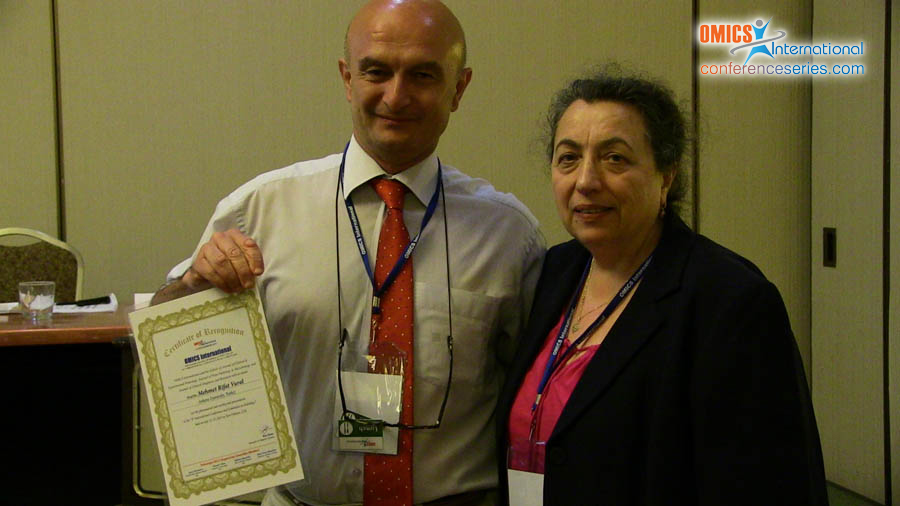
Gabriela Oprea-Ilies
Emory University Hospital
USA
Title: Insulin-like growth factor 1 receptor expression in hormone receptor positive and negative breast carcinoma: A retrospective cross-sectional study
Biography
Biography: Gabriela Oprea-Ilies
Abstract
Introduction: Breast cancer is the most common non-skin related malignancy in women in the USA accounting for 29% of newly diagnosed cancers. Its incidence increases with age. While its treatment is currently determined by expression of predictive and prognostic markers ER, PR and HER2, multiple signaling pathways are under "microscope" for their potential therapeutic relevance in cancer treatment. One of these pathways is the insulin-like growth factor pathway (IGF). Insulin-like growth factor-1 receptor (IGF-1R) is an important inhibitor of apoptosis and exerts a fundamental role in cell growth and malignant transformation. Prior studies have shown its role in breast tissue proliferation and overexpression in breast cancers. In this study we assessed the expression pattern of IGF-1R in different subtypes of breast cancers and explored its relationship with patient demographics, clinicopathologic variable and outcome. Design: Microarray were constructed from tissue of invasive breast carcinomas diagnosed during a period of 7 years. IGFR expression was studied by immunohistochemistry (IHC) and scored semi-quantitatevly, using 0-3 for intensity and percentage of tumor staining. IGFR expression was studied in relation to ER, PR and HER2 status. Results: Of the 350 invasive breast carcinomas, 327 stained positive for IGFR (93.4%). IGFR expression was prevalent in hormone receptor (HR) positive tumors (p<0.001) and was lower in triple negative tumors (TNT) than non-TNT (p=0.01). Independent of HR and HER2 expression, IGFR was expressed in 98.2% of breast cancer from Caucasian women vs. only in 90.8% in African-American women (p<0.001). IGFR expression was associated with lower histopathologic grade and smaller tumors (p=0.015). While, in our population HR-negative, larger tumors with higher grades were factors independently associated with worse PFS and OS, among Caucasian patients negative IGFR was associated with shorter OS (HR=7.12, p=-.005). No such interaction was found in AA patients. Conclusion: Due to its role in cancer progression and its presence in many breast tumors, IGF-1R offers a promising drug target. Currently, multiple drugs that target IGF-1R are under development. With its cross talk with the ER, IGF-1R constitutes a possible target in ER positive breast cancers. Additionally, some studies have shown that TNTs respond to anti-IGF-1R therapy. Understanding the expression patterns of IGF-1R would provide insight into tumor growth pathways and could lead to improved treatment of these cancers.

